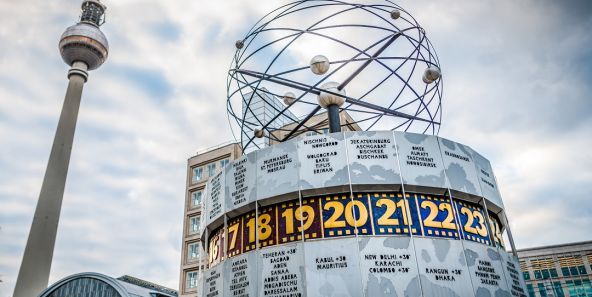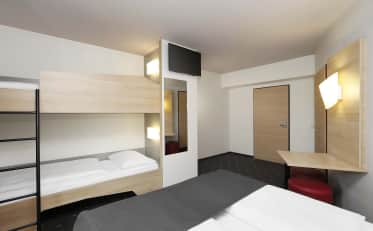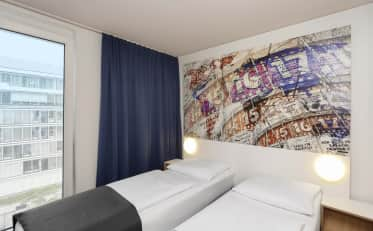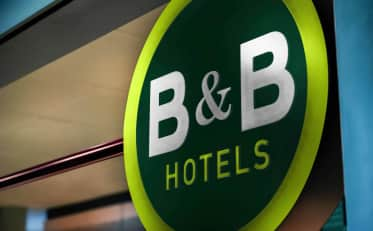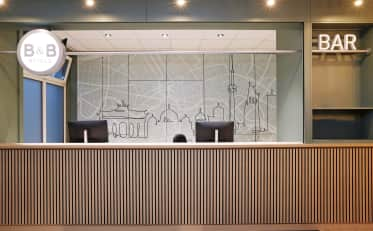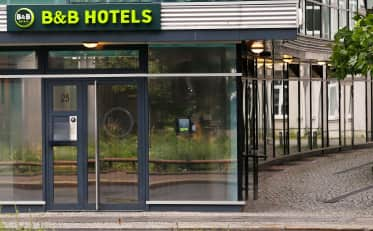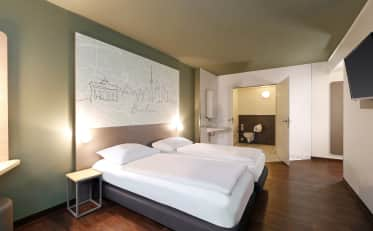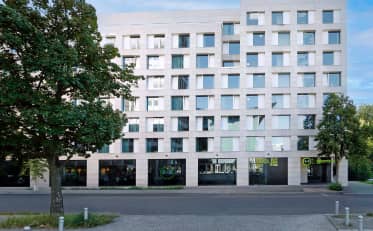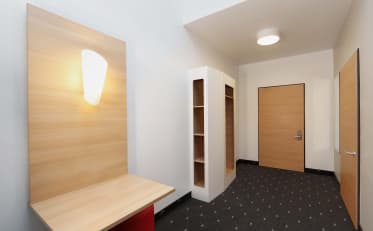History of Alexanderplatz
Berlin's Alexanderplatz is the city's largest square. While today it is considered the multicultural hub of the capital, until the middle of the 19th century it was primarily used by the military as a parade and drill ground. In addition, the central square also functioned as a goods transfer point where traders and local farmers offered their products. It was only with the construction of the long-distance railway station in 1882 that it became the city's first transport hub. A few years later, the newly built Central Market Hall and the well-known Tietz department store brought further visitors. Finally, Alfred Döblin's world-famous novel Berlin Alexanderplatz with the character of Franz Biberkopf, as well as the series of the same name (Chapter 1: The Punishment Begins) and, last but not least, the new film adaptation from 2020, ensured that Berlin's Alex also became internationally known. The Alex is also used as a film location for box office hits such as The Bourne Conspiracy and various other series.
From Tsar Alexander to the fall of the Wall
While the square was named by King Friedrich Wilhelm III after Tsar Alexander I, who visited the city in 1805, numerous historical events have taken place here over the years. During the March Revolution of 1848, for example, there were serious clashes around Alex. After the Second World War, Alexanderplatz was located in the Soviet occupation zone. And it was at this time that the square took on its present form. Nevertheless, Alex was not always intended to be a transportation hub. When a redesign of Alexanderplatz was planned in spring 1964, it was decided to reduce traffic and create more space for pedestrians. As a result, all streetcar lines around the square were removed by 1969 and some of the most famous buildings such as the Centrum department store, today's Hotel Park Inn with the Sky Suite, the World Time Clock and the Fountain of Friendship between Nations were erected. At the same time, the television tower was inaugurated, which is still the tallest building in Germany today and delights the many visitors with its fascinating view over the city, as well as numerous events that are held here. Later, the increasingly strong demonstrations against the GDR regime in the fall of 1989 also took place here, which ultimately had a significant influence on the walls finally being torn down in October. After German reunification, however, it took until 1998 for streetcars to run across Alex again.
The World Time Clock at Alexanderplatz
Both in GDR times and today, Alexanderplatz is simply part of the Berlin cityscape. In addition to the Alexa shopping center directly on Alex, an absolute highlight today is still the World Time Clock, which was erected by the socialist government in September 1969. The World Time Clock was designed by Erich John, who played a key role in the modernization of Alexanderplatz. The clock was built by a team of around 120 experts and at its opening showed 146 places around the world, which were listed on a metal rotunda at a height of ten meters. However, some of the dates had to be corrected after German reunification. It was also at this time that it was restored for the first time. The impressive clock has been a listed building since 2015 and remains one of the most popular meeting points in the city.




















